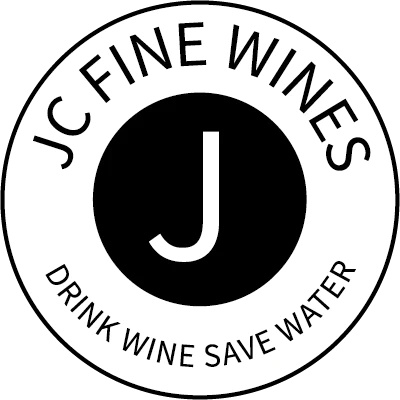Only wine from a single wine estate in Italy to have its own DOC.
Varieties: Blend of 85% Cabernet Sauvignon & 15% Cabernet Franc
Critic tasting note: "Bright, rich ruby red. Intense and clearly defined nose, aromas of blackberries and cassis, some cardamom. Has real drive on the palate, plentiful juicy fruit, layered tannins, fine herbal spice on the saline finish." - 97/100, Falstaff
Drinking Window: 2021-2040
Vintage Notes
The 2017 vintage was very hot and sometimes wrongly associated to 2003 or 2012. Actually, even though it was a year when the end of spring and summer were characterized by temperatures often above the norm, the vegetative conditions of the plants and the results in organoleptic terms of the grapes but above all of the wines produced in the territory of Bolgheri, are very pleasant. The autumn and the first part of the winter were characterized by rather harsh temperatures, caused by the north winds and accompanied by average rainfall. Conditions that have favored the necessary vegetative standstill of the vines, favored the natural elimination of the main parasites of the vine and also contributed to maintaining the necessary water reserves in the subsoil in balance.
Read more
Winemaking
Selection of grapes through a sorting table to eliminate impurities and any presence of camber.Soft pressing and destemming of grapes in order not to break the skins of the berries. Subsequent spontaneous alcoholic fermentation in stainless steel vats at a controlled temperature of around 28 ° - 30 ° C (without the addition of external yeasts). The macerations lasted about 11-12 days for Cabernet Franc and 13-14 for Cabernet Sauvignon. Frequent pump-overs out door and frequent délestages during alcoholic fermentation have favored elegant musts with good structure and excellent aromatic component. The spontaneous malolactic fermentation was then carried out in stainless steel tanks and was completed by the end of November.
Read more
Ageing
At the end of malolactic fermentation, the wine was transferred to French oak barriques (one third new wood and the rest, first and second passage) where it rested for 24 months of aging period. During this time, the various masses have been kept separated according to the vineyard of origin and monitored. The blending of the selected mass one was made at the end of December, one month and a half prior to the preparation for bottling and subsequent refinement phase in the glass before marketing.


